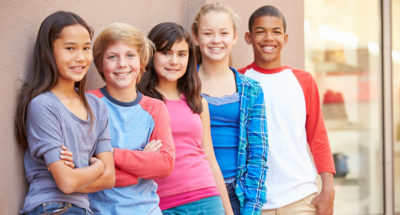
Discover Your Great Full Self
Students take the VIA (Values-In-Action) online survey to identify their strengths and discuss ways they could use their strengths. (Gratitude for Tweens and Teens Lesson 1)

Students take the VIA (Values-In-Action) online survey to identify their strengths and discuss ways they could use their strengths. (Gratitude for Tweens and Teens Lesson 1)
Students will:
Notes:
Thanks! A Strengths-Based Gratitude Curriculum for Tweens and Teens developed by Dr. Giacomo Bono and Yvonne Huffaker, in partnership with the Greater Good Science Center and the John Templeton Foundation. Slide design by Susan Mangan and Rachel Baumsteiger.
How did students respond to this practice? Were they surprised at their own and others’ character strengths? Do you notice whether students are using their strengths more intentionally after doing this practice?
Research suggests that certain character strengths that connect us to others, such as gratitude, also encourage us to serve the greater good.
Studies have found that adolescents who are passionate about helping people in their neighborhoods and community are less depressed and less likely to engage in antisocial behavior. In addition, they tend to do better in school, are more satisfied with life, and show greater levels of self-esteem, hope, and happiness.
Thus, helping teens to identify their strengths and then encouraging them to use those strengths to make the world a better place yields benefits on many levels, including personal and in the wider world.

Are you ready to build a kinder, happier school where everyone belongs? Join Greater Good Educators! Explore the science of well-being in a supportive community of educators from around the world. Registration is now open for the 2025-2026 school year!
Comments